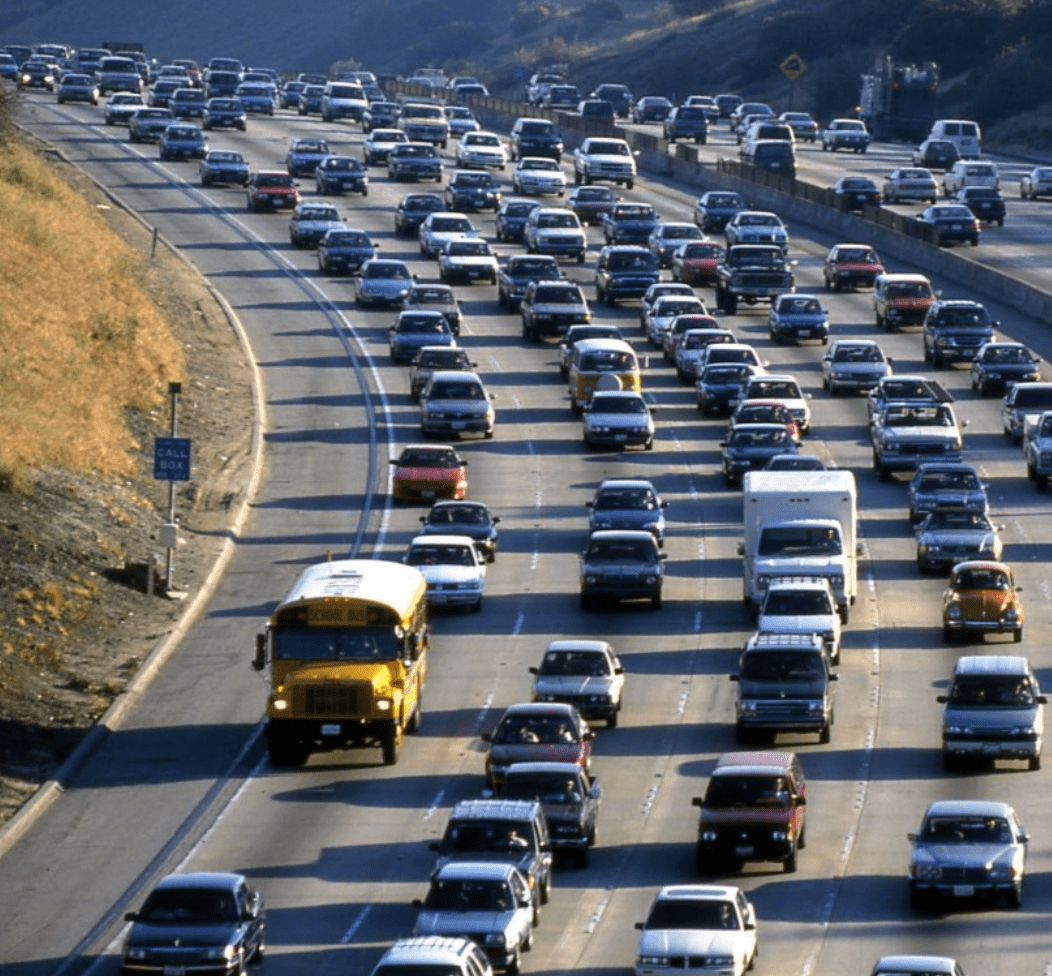The empty roads of the quarantine era may be a thing of the past, but the roadway death surge of the COVID era isn't done with America yet.
According to shocking new estimates from the National Highway Traffic Safety Administration, traffic fatalities jumped 10.5 percent in the first quarter of 2021 compared to the same period in 2020 — a tragedy that represents the avoidable loss of 8,730 human lives in just three months. The rate of fatal crashes also increased 12.5 percent to 1.26 deaths per million vehicle miles travelled, up from 1.12 deaths per million VMT in the months before the pandemic upended American life.
But what's particularly disturbing about the early 2021 fatalities is where they happened: on heavily traveled roads, which still somehow failed to slow the deadliest drivers.
Vehicle miles traveled plunged in the early days of the pandemic, but NHTSA notes that by Q1 of 2021, they'd climbed back to 97.9 percent of what they'd been in the same period last year — which means the spike probably can't be completely explained by the phenomenon of drivers speeding up to dangerous velocities in the absence of traffic jams. (Experts agreed that much of last year's death toll could be blamed on transportation leaders' failures to act quickly and calm speed-inducing roads when traffic totals plunged.)
Even worse, traffic fatalities increased all over America — from the notoriously dangerous Sun Belt to the sparsely populated mountain west, in eight out of NHTSA's 10 core regions.

The NHTSA's data is too fresh to say for sure why, exactly, deaths are on the rise, but other roadway trends could point to some possible answers:
Sales of light trucks and SUVs have climbed to record levels throughout the pandemic even as unemployment numbers swelled, tipping the majority of the vehicle fleet even further towards megacars that are known to be driving up death totals, at least among vulnerable road users. (NHTSA has not yet released an estimate for how many of the 2021 dead were on foot, bike or wheelchair, rather than behind the wheel.)
There's also emerging evidence that while national VMT has all but returned to pre-pandemic levels almost everywhere, traditional rush-hour commuting hasn't come back in all cities, thanks to the rise of remote work that's shifted some drivers away from a twice-daily slog and towards random driving errands throughout the day. If traffic is evenly distributed rather than concentrated at a handful of peak hours, drivers may well still have a little more room to move on the roads — and a little more room to speed.
Whatever the explanation, advocates say that NHTSA's new stats should motivate transportation leaders to act quickly to stop anymore bloodshed — especially with a transportation safety currently under debate in Washington.
"The surge in motor vehicle crash fatalities must serve as an urgent call to action for Congress and the Biden Administration," said Cathy Chase, president of the Advocates for Highway and Auto Safety. "Requirements and performance standards for proven vehicle safety technology could be saving tens of thousands of lives each year. The needless deaths on our roads must – and can – be stopped."






